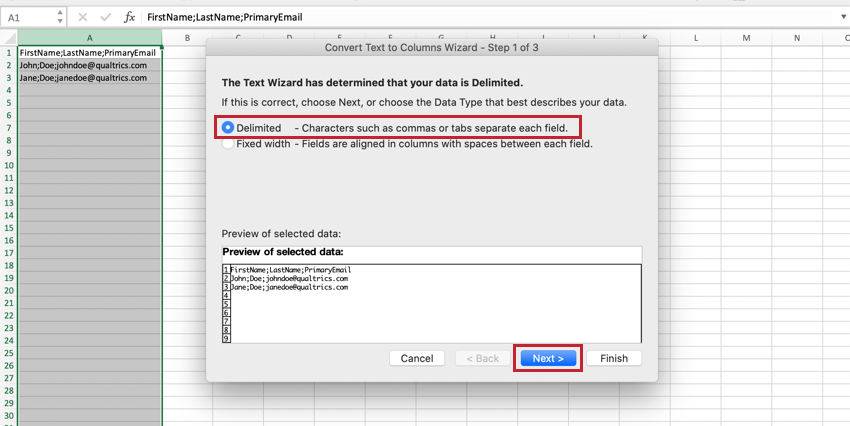


- #OFFICE FOR MAC THIS IS NOT A VALID FILE NAME SIERRA HOW TO#
- #OFFICE FOR MAC THIS IS NOT A VALID FILE NAME SIERRA DOWNLOAD#
#OFFICE FOR MAC THIS IS NOT A VALID FILE NAME SIERRA DOWNLOAD#
No Macros: To see the pivot table error message, download the Pivot Table Errors sample file.
#OFFICE FOR MAC THIS IS NOT A VALID FILE NAME SIERRA HOW TO#
You'll see why the duplicates are listed (floating point precision), and how to fix the problem by using the ROUND function. To learn more about this problem, go to the Remove Duplicates Problem page. If you see duplicate numbers in the Row area, it's usually because there are small, hidden differences in the numbers, caused by the floating point precision that's used in Excel.įor example, this pivot table shows three numbers that look like duplicates, for the Carrot Bars. There are detailed cleanup steps in this article on my pivot table blog: Duplicate Items Appear in Pivot Table Duplicate Numbers However, the filters in an Excel table ignore trailing spaces, so it’s not easy to find the problem entries.

To get rid of the duplicates in the pivot table, you’ll need to clean up the source data. Usually, the problem in trailing spaces – one or more space characters are at the end of some items in the data, but not all of them. In this example, there iare duplicates for one of the text items in the Row area - Boston appears 3 times, instead of just onceĮven though these items look like duplicates, there is something different about them, and that’s why they’re appearing on separate rows in the pivot table. Here are some reasons why a pivot table might show duplicates for text items, or for numbers Duplicate Text Items Occasionally though, you might see duplicate items in the pivot table. When you create a pivot table it groups the items from your data, and calculates a total for each group.

If the source is a worksheet list or table in the same Excel workbook, the macro shows details about that source data. That macro lists each pivot table in the file, with information about its location, size, and source data. The sample file is also available in the download section below To get an inventory of all the pivot tables in your workbook, with details on where they’re located, use the “List All Pivot Table – Details” macro to see the details for all pivot tables. But, in a big workbook, with lots of pivot tables, and different data sources, it can be tricky to pinpoint the problem. Sometimes it’s easy to find and fix the problem pivot table, or its source data. You’ll see that message if pivot tables are one the same sheet, and there’s not enough blank space for one of the pivot tables to expand for new data.


 0 kommentar(er)
0 kommentar(er)
